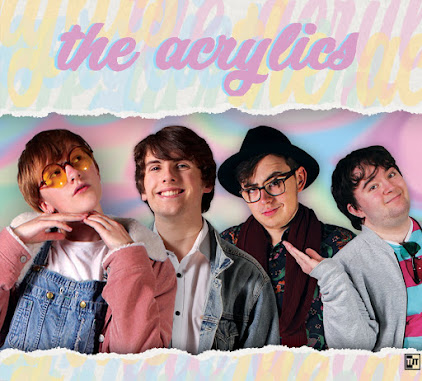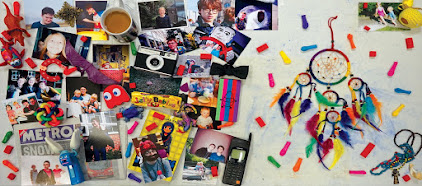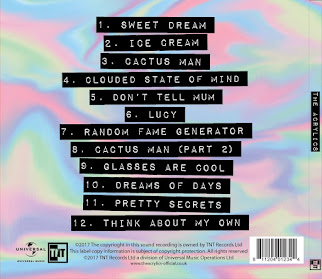 |
| One page from our Set, Props, and Location List. It keeps all the information about the aforementioned things in one place, in an easy-to-use table. Click to enlarge. |
We learned how to work with a location's limitations to create a good set. Working around problems, such as keeping background items out of shot to not ruin continuity, was quite important, was one such limitation. Between the test and main shoots we changed a couple of item locations to further refine the set and create better mise-en-scene, but overall the set remained mostly unchanged and very effective throughout the project.







No comments:
Post a Comment